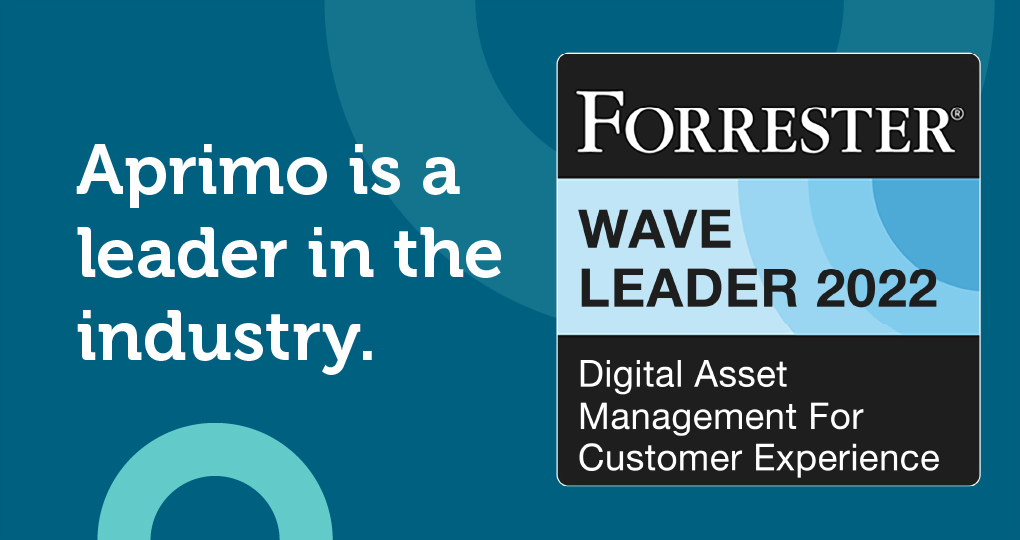Content Operations and the Impact of Social Proof


Today’s customers need to know about others’ experiences. It’s not enough to read your blogs, watch our marketing videos, and read your newspapers. They feel more confident buying from you or engaging with your content when they see others doing the same.
Thanks to content operations, or”content ops,” it’s easier than ever to use customer experiences in your content. With the right systems and processes, you can integrate reviews and other acknowledgments, generating more trust and ultimately building your customer base.
What Is Content Ops?
Content operations provide a centralized structure for developing, executing, and managing a strategy. It sets up workflows that allow people, processes, and technology to work together, bringing content to life and delivering it to the right customers.
An effective content operations system streamlines all steps and stages of the content process, including:
-
Defining roles and responsibilities for creative team members
-
Establishing communication pathways
-
Providing platforms for collaboration
A unifying system is essential in today’s digital-first marketing world, where siloed data and processes are the default. By streamlining with a content operations strategy, organizations can make the most of their resources and speak effectively to their audiences.


The Role of Social Proof in Content Operations
A content operations system allows marketers easy access to influential content. That includes customer-generated and customer-influenced content, such as:
-
Customer reviews
-
Awards and recognitions
-
Case studies
-
Influencer posts
-
User-generated content
These are examples of social proof, a consumer behavior phenomenon that every content marketer should know and use. Social proof describes how people determine the “right” decision by analyzing and potentially following what others do.
Social proof can increase consumer trust and help potential buyers overcome objections, especially when the shopper feels uncertain. A shopper who isn’t sure about a brand’s claims may feel more at ease when seeing hundreds of five-star ratings and glowing reviews. Unboxing videos from real customers tip them over the edge, and they add the product to their cart.
Leveraging Social Proof in Content Creation
Businesses often use social proof in isolation, pointing customers to review sites or testimonials pages. Content operations systems allow brands to use the same social proof examples within the content strategy, getting more mileage out of great customer experiences.
Social proof can integrate seamlessly into various content types. For example:
-
In your email newsletter, integrate a featured review or a quote from a recent media mention, adding an appreciative paragraph about why you value the shout-out.
-
On your website, publish positive reviews and customer testimonials, sharing the best ones on your main page. When you receive awards or honors, announce them on your blog or News page.
-
In your video marketing, create promotional content from customer testimonials or case study interviews.
A solid content operations system helps organize your social proof assets, making finding the right assets for each project easier. Instead of manually hunting for the best review or user-generated content (UGC) to integrate into a project, digital asset management (DAM) software organizes that content so you can find it with a quick search.
Remember, you don’t have to wait for reviews and user-generated content to pop up organically. Many brands use their content marketing strategies to call for user-generated content, which they then integrate into engaging campaigns.
Take KFC, for example. When the fried chicken giant released its new chicken sandwich, it called for videos from TikTok creators and got 221 million video views, plus a click-through rate of 13.8% ? all with the social proof of UGC.


Optimizing Content Distribution With Social Proof
Social proof makes content more viewable and shareable. People are more likely to engage with content and spread the word about a brand when they see others doing the same, so don’t hesitate to highlight your content’s appeal. For example:
-
On your social media platforms, thank followers for brand shout-outs, and spread the word about any honors you receive.
-
On your blog, add widgets broadcasting follower, comment, and re-share counts. Invite people to check out the comments to see what others say.
-
On your landing pages, mention the number of customers who have taken the target nation, whether joining a list or buying a product or service.
When social proof encourages audiences to interact and share, you get a broader reach with less direct effort.
Measuring the Impact: Analytics and Metrics
Tracking the impact of social proof means measuring the performance of your content before and after introducing it.
The first step is identifying what you want to achieve. For example, do you need to increase engagement on your website, or is it more important to grow your email list?
Determine how to measure those goals, then conduct testing to evaluate your success. For instance, if your objective is to increase time-on-page, run an A/B test of the target page with and without featured social proof.
Make sure you have high-quality customer experience tools that power A/B and multivariate testing ? multivariate being similar to A/B but with multiple factors involved.
With these metrics in place, you can track the success of your social proof elements and adjust your content strategy accordingly. Add the right DAM platform and a well-thought-out content ops system, and your customer experiences can work harder for you.





